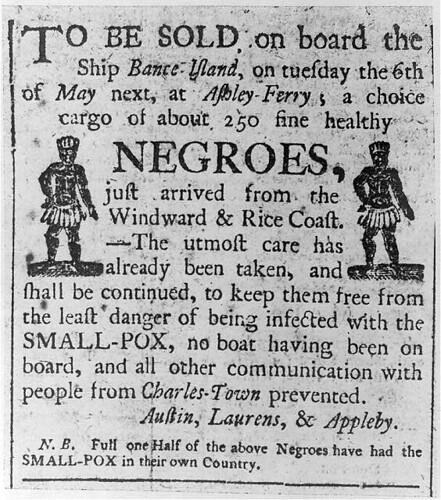SLAVE CODES: SLAVERY LEGISLATION IN THE SWEDISH AND DANISH EMPIRES
When the colonization process undertaken by European states was on the edge and involved a great number of actors, it was a common belief that adopting special slave codes would help to have more control over possessions, avoiding revolts in them. The prescriptions of the Codes, in the eyes of the colonial administrators, were useful to reduce the conflict between the slaves and the masters. At the same time, slave laws linked the slave to his condition of slavery almost in an inextricable way.
These provisions aimed to preserve public order, and therefore the system of exploitation built by the colonists, not only by disposing the deprivations of the liberties of enslaved individuals but also by justifying these deprivations on the pretext of the ethnic and cultural inferiority of the slaves.
The clear purpose of the Codes was to protect small white communities from possible assaults by Black multitudes. However, in order to do this,
it was not enough to prohibit the use of weapons, but it was necessary to instill the principle of superiority of the white race.
The whites were to be considered by Africans as untouchable individuals whose bodies and physical integrity could not be violated by a Black hand. For this reason, in many Codes, even the intention to strike a white man could be punished severely. For the same reason, unions or marriages between whites and Blacks, when not expressly forbidden, were seen as a contamination, a sort of perversion of the natural order of things.
The provisions concerning the physical protection of whites were often accompanied by precepts that tended to discourage or prohibit manifestations of the slave culture. Religious rites, dances and African customs were considered dangerous in the Codes, because they could upset white people and be a bond between the ranks of slaves present in the colonies. The subjugated could not have their own culture because it constituted a manifestation of human nature and the slaves were not considered men. Their role was to work, to serve the master and to submissively follow his orders. He existed in function of his master and for nothing else.
These were the key concepts that were laid down in all the major slave codes issued in the overseas colonies during the seventeenth century. These legal precepts were considered as the substratum necessary to ensure the functioning of an exploitation colony. Whatever was the size of its slave population, a slave society had to have laws that specifically dealt with slavery. This may help to understand why the instrument of the slave code was adopted even in small realities and by states that played a very marginal role in the process of colonization of the Americas.
Denmark, for example, after taking possession of the Virgin Islands (between the end of the seventeenth century and the beginning of the eighteenth), adopted the so-called Gardelin Code (1733) in its colonies.
The legal text, named after its editor—Philip Gardelin, governor of the island of Saint-Thomas—was one of the most rigid slave codes in the European colonial panorama. With its adoption, the Danish administrators hoped to keep under control the huge mass of slaves employed in the sugarcane plantations born in their domains.
However, as the slave revolt on Saint-John (1733) demonstrated, deprivation and oppression were not always a valid solution to the problems of public order within the colonies.
Sweden too, in the colony of Saint-Barthélemy—bought by the French at the end of the eighteenth century in exchange of some commercial privileges in the port of Gothenburg—adopted its own slave code: the Code von Rosenstein (1787). Like the Danish one, the Swedish text was thus named because of its editor, Pehr Herman Von Rosenstein, governor of the island from 1787 to 1790. It was a code inspired by French slave legislation, in particular by an ordinance on the treatment of slaves issued in Martinique in 1783. The legislative body was a kind of summary in which the tradition of European Slave laws was collected. In the norms established by Rosenstein, the African slaves were considered as treacherous and evil, not deserving to be considered human. They were not allowed to gather, to profess their beliefs, or even to ride a horse. The normative text configured itself as an instrument for the control of the entire Black population: in fact, numerous articles were dedicated exclusively to the regulation of the life of the freed slaves. It was in this regard that we noted the only real innovation of the von Rosenstein Code compared to the French legislation to which, as we said, it is inspired.




